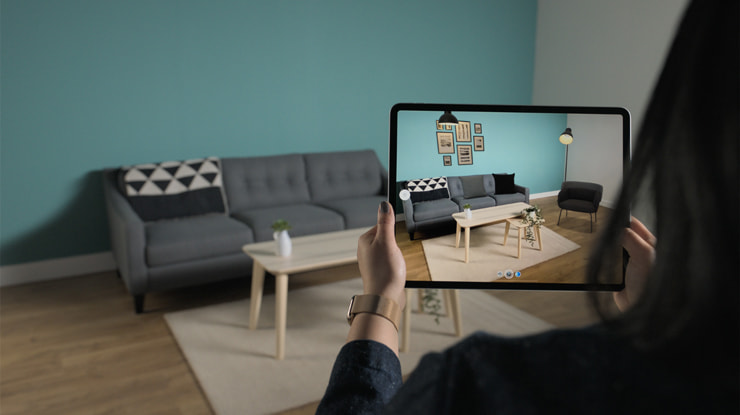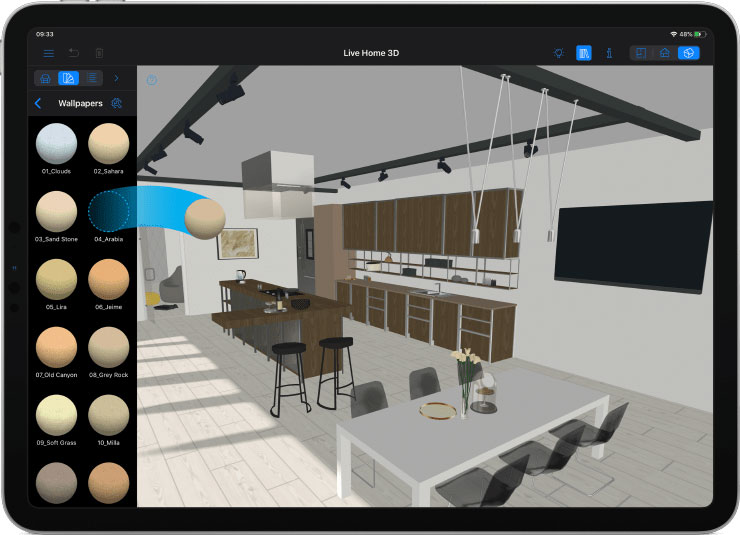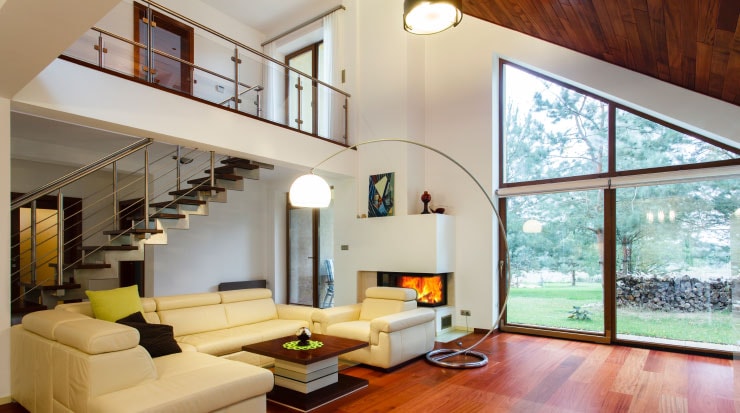AI, Machine Learning and Deep Learning
Artificial intelligence, in the modern sense of the term, first appeared in the 1950s. Simply put, the concept, which can be called “General AI,” originally implied something that was “an artificially created copy of human thinking capable of learning and displaying emotions.”
Even in the 2020s, a robot that could plan and design our apartment or house like a professional human designer is still in the distant future. However, things are not that bad. Starting in the 1980s, machine learning began to flourish. This is a subset of artificial intelligence that deals with the creation of algorithms that can modify itself without human intervention to produce the desired output by feeding itself through structured data. Machine learning has become possible thanks to the exposure of a huge amount of information from all sectors of the economy, typically called “big data.” A human is only needed here to structure and label the data.
Later, beginning in the 2010s, the more advanced deep learning caused a real AI boom among innovators and developers. Deep learning is a subset of machine learning that has networks capable of processing unstructured and unlabeled data.

What Can AI Bring to the Interior Design Field?
The technologies that can be referred to as “Narrow AI” have brought us to a completely new level. Computers or, to be more precise, the increase in GPU performance, has enabled people to start creating software that can not only be programmed to predict certain actions but also learn from its own mistakes. This is not a 100% replacement for the designer, but it is already a fullу functional assistant. What does this technology bring to the world of interior design and how will it affect this billion-dollar industry in the future? We will try to figure it out.
Speed Up the Work Process
To begin with, this technological revolution brings both good and bad news to interior design professionals. On the good side, it will speed up the work process since the primary selection of colors, styles and variations of the project, the choice of furniture and the furnishing options are becoming a lot easier and faster. Some apps have already learned to recognize blueprints and convert them to a digital model, which can later become a customized project.
LiDAR Advantages
More promising and advantageous is the usage of AI-powered LiDAR technology, together with Augmented Reality, which allows you to get a digital model of the objects and interior of a house or apartment by simply scanning it with your smartphone or tablet.

A Side Effect of AI
What is the negative side? As in any industry touched by automation, the acceleration of processes, as a rule, has led to the reduction of human jobs. But, on the other hand, as analysts say, over the next five years, AI will affect almost every industry, and if you are not ready for the progress and cannot adapt to the market changes, your competitors will defeat you.
Digital Personal Assistant
What does this technology bring to a non-professional user? Only good things. For example, a digital personal assistant powered by Machine Learning or Deep Learning technology can turn a novice into a good designer without any significant cost. It will recommend the best solutions that might satisfy a user by analyzing thousands or even millions of earlier cases.
Practical Example of AI Usage
Let's review a few cases in which AI could come in handy. Suppose you installed an app on your smartphone or tablet. Using a phone or tablet camera with the LiDAR sensor, you can easily scan your room and get its digital model in the blink of an eye. In the modern world, adding objects to such a model is typically carried out manually by adding furniture from the built-in library and applying the necessary materials.

But, what if the program will do this for you? For example, upon scanning, it will present a variety of finished designs of your house or apartment, already furnished and designed in different color schemes.
Capability of Learning and Self-Improvement
Let’s explore this even further. One of the advantages of working with a human designer is their ability to make non-standard decisions after getting a better knowledge of the client. How can AI, in its current form, achieve such a result? Actually, it can cope with this better and better as modern software based on Deep Learning is able to be mastered.
Before creating possible design variants, the app may ask the user to fill out a short questionnaire: choosing your favorite style, colors, interior accents, desired materials and even your favorite rock band. All of this information will increase the probability of creating the ideal design variant. Further, the obtained data can be compared with the database in which such tasks have already been solved, and voilá! The design tailored to your personal taste is now ready!
What’s more, the app will remember which design you chose, and, in a similar case with a new user, it will offer that design first.

AI Is the Future of Home Design
With each passing year, technologies have become more and more advanced, and things considered impossible just ten years ago have now become a reality. Artificial intelligence is definitely the technology of our future—a future in which interior and home design will be something easy and pleasant with just a few clicks. And, new possibilities of home design apps will increase the role of AI in our everyday lives.
